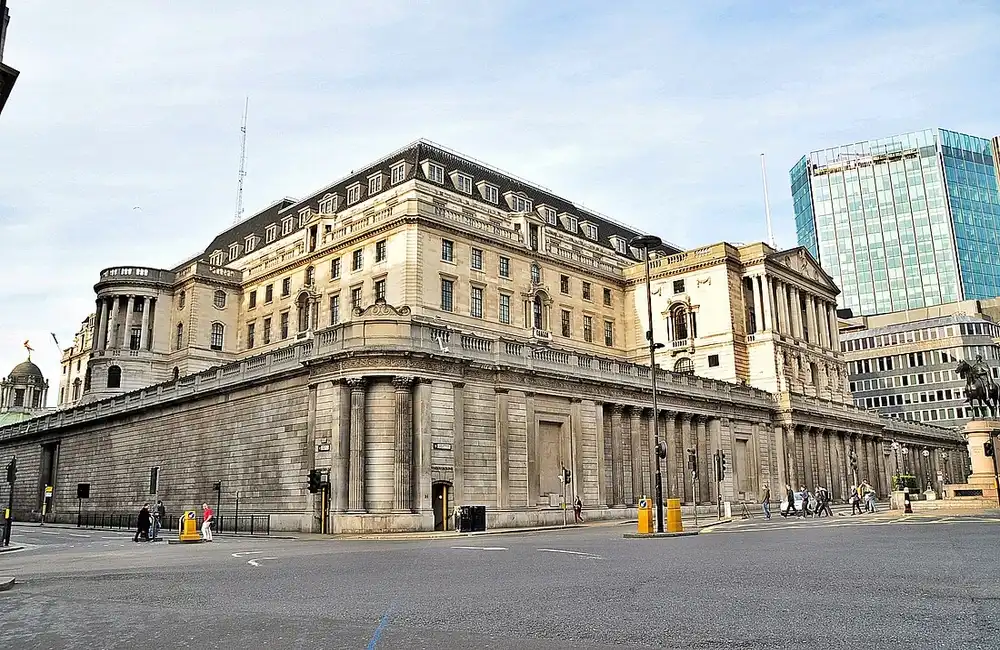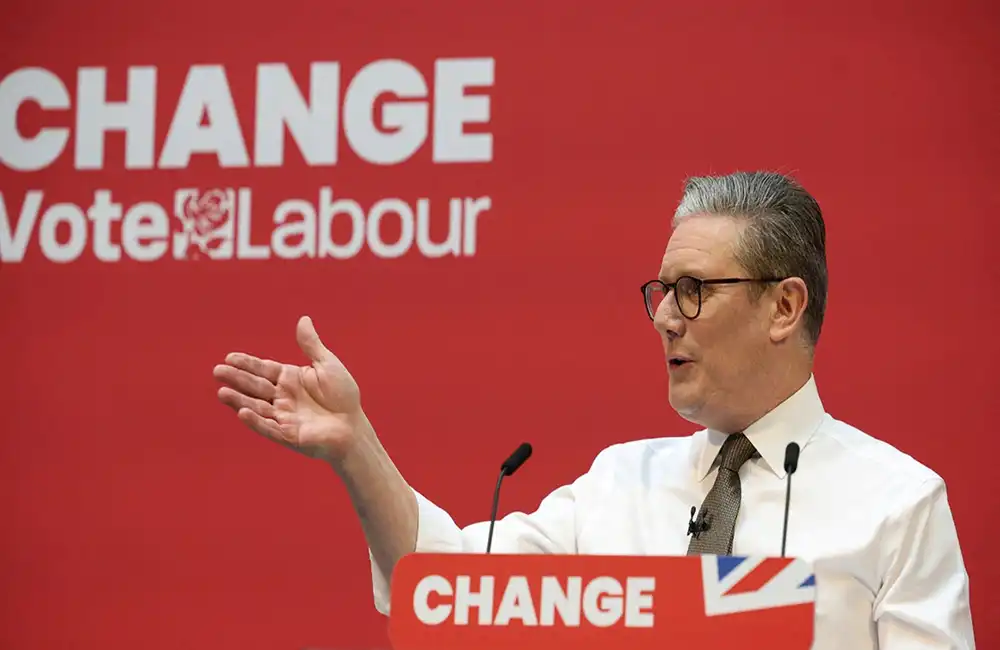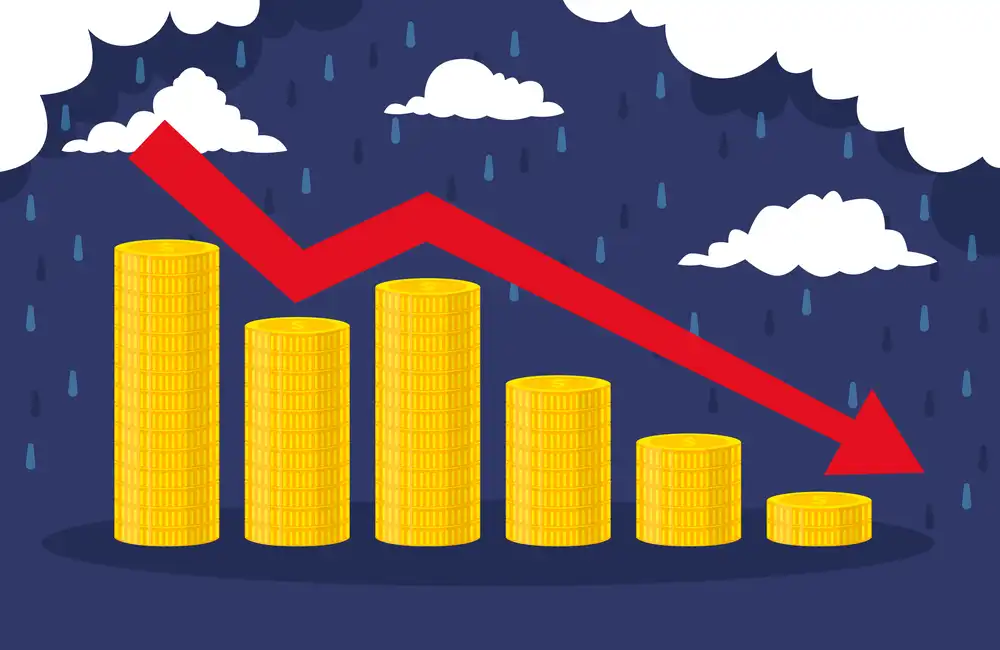While UK households have faced economic challenges before, the financial situation in 2025 presents unprecedented difficulties.
The ongoing rise in inflation, combined with trade tariffs that disrupt global markets and declining interest rates that squeeze savers, forces families and investors to navigate a perilous balancing act. Through this analysis, we will see how critical economic elements merge to define future forecasts while providing actionable recommendations to maintain financial strength during unpredictable periods.
The Energy Crisis and Soaring Food Costs
Food and energy prices are the main factors contributing to the increasing inflation rate.
Inflationary Pressures in the UK Economy
The UK economy has once again made inflation its main focus. The Consumer Prices Index (CPI) demonstrated a 2.8% increase in February 2025 after several months of steady numbers. Financial analysts estimate that inflation will reach its highest point around 3.75% during the third quarter of this year as surging energy and food prices lead the charge.
The Energy Crisis and Soaring Food Costs
The ongoing increase in energy prices disrupts supply chains, leading to higher costs for household utilities and supermarket products. Consumers experience shrinking budgets, which leads to less spending on non-essential items.
The Added Impact of Trade Tariffs
The new import tariffs that U.S. President Donald Trump introduced contribute to inflationary pressures through global trade shifts. The Bank of England expressed concerns that these tariffs will weaken the UK’s economic outlook because of the country’s vulnerability to international market risks. The decrease in global trade operations can intensify inflation through higher import prices for essential goods. Households should expect prices to remain elevated throughout 2025 and possibly into the following years.
The Risk of Economic Recession
The nation faces the risk of economic recession combined with widespread job cuts and frozen wage levels.
GDP Growth Showing Initial Promise
The broader economic outlook remains bleak, although some immediate optimism exists. February displayed an uplifting 0.5% GDP growth, the highest monthly increase since March 2024. Manufacturing, construction, and specific service sectors like telecommunications and car dealerships significantly contributed to the economic rebound. This upswing resulted from accumulated demand and strategic government stimulus funding.
Job Market Challenges Loom Large
While the current economic progress is noticeable, new challenges are starting to appear. President Trump’s trade tariffs, together with rising domestic cost-of-living expenses, pose a threat to the economic recovery, according to analysts. The job market risks becoming unstable as utility prices rise and tax increases reduce disposable income. The slow pace of wage growth prompts economists to worry that companies will reduce their workforce or postpone salary hikes to manage financial pressures, which will further destabilise household incomes.
Falling Interest Rates Affecting Savers' Returns
Monetary policy displays the effects of economic uncertainty. The Bank of England’s Monetary Policy Committee decided to keep the Bank Rate steady at 4.5% during March 2025. Investors expect possible rate reductions this year, projected to bring the rate down to 3.75% by the end of 2025.
What Does This Mean for Savers?
Lower interest rates help people who borrow money, but create financial challenges for people who rely on savings returns. Slower investment returns have created challenges for individuals who wish to optimise their financial planning and achieve long-term financial objectives.
Savers must immediately assess their financial approaches to cope with current economic conditions. Fixed-rate bonds provide stable yields which remain unaffected by falling interest rates while keeping a portion of funds available for emergencies. Investing in asset classes that focus on inflation protection and growth can counter the declining value caused by escalating expenses.
Practical Financial Strategies for Households and Investors
The UK faces a complicated economic environment where inflation rates mix with trade policies and interest rates to create numerous challenges. Households and investors possess practical measures they can implement to withstand current financial challenges.
- Budget Wisely: Households should maintain regular budget evaluations while focusing on essential expenses and finding opportunities to reduce non-essential spending.
- Plan for Rate Cuts: Savers should consider fixed-rate financial products while keeping an accessible cash reserve for emergencies.
- Leverage Expert Guidance: Collaborating with financial professionals or utilising expert resources enables you to modify your investment portfolio for wealth protection and opportunity maximisation during uncertain times.
- Stay Informed: Understanding policy changes helps you identify how trade shifts, tax adjustments, and economic priority changes will affect your financial status.
Charting a Path Through Financial Uncertainty
The UK economy appears destined to face a critical year in 2025 due to the combined impacts of inflation, tariffs, and interest rates. Multiple problems persist, but the lessons from dealing with former economic strains are evident. Maintaining financial resilience requires proactive planning, informed decision-making, and sustained attention to long-term goals.
UK Investors can maintain their financial stability by anticipating market changes and adjusting their approaches when facing tight economic conditions.
Reference Sources
The article presents economic analysis alongside data findings sourced from the Bank of England as well as The Guardian, Reuters and MoneyWeek UK.




















